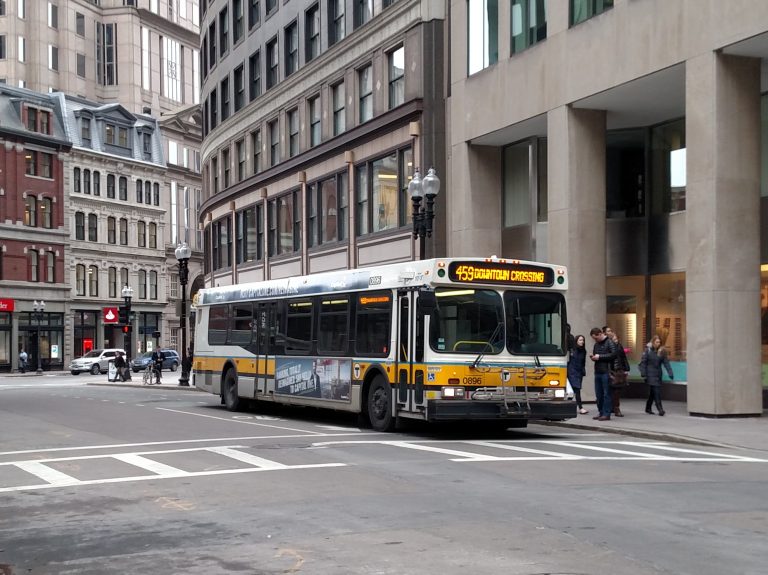Published on July 18, 2019

Already, many cars have sensors on board that help drivers avoid collisions. But not many commercial vehicles do. With pedestrian fatalities due to collisions, on the rise, the Federal Transit Administration is working on a “Pedestrian Avoidance Safety System: ‘PASS’ for short. And it picked Virginia Tech’s Transportation Institute to give it a test drive.
Public buses help ease congestion on our roadways and curb emissions but by their nature, they interact with pedestrians all the time.
Andrew Krum is senior research associate for VTTI’s Center for Truck and Bus Safety. He explains, they’re using LIDAR, which is similar to RADAR but sends pulses of light instead of radio signals, to determine if people or objects are in danger of being hit by the vehicle.
Collisions by public transit buses and vans injure some 16-hundred people every year and kill 100. The $1.66 million project is funded by the Federal Transit Administration, Washington State, VTTI and ten other partners, public and private.
The full list of project partners from Washington state includes Pierce Transit, Washington State Transit Insurance Pool, and the UW Smart Transportation Applications and Research Laboratory (STAR Lab). The STAR Lab was started in part by the Department of Civil and Environmental Engineering at UW in 2003.
Continue reading at WVTF – Virginia’s Public Radio.
Originally written by Robbie Harris fro WVTF.